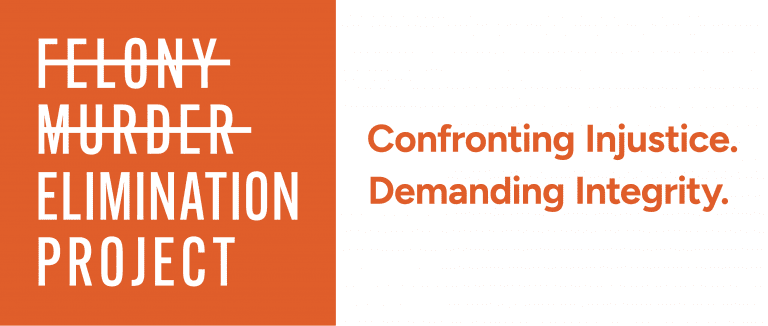Wrongful conviction, or the conviction of a person for a crime that they did not commit, is one of the greatest travesties of the criminal justice system. As of 2023, The National Registry of Exonerations has recorded over 3,000 cases of wrongful convictions in the United States. Organizations like the Innocence Project and it’s state branches work to free the innocent and prevent these convictions, so far exonerating 375 people, including 21 who served on death row.
The use of forensic evidence in criminal trials has become increasingly prevalent in recent years, with many cases relying heavily on DNA analysis, fingerprint comparison, and other scientific techniques to establish guilt or innocence. However, the misuse of forensic evidence has also led to a significant number of wrongful convictions, highlighting the need for a more nuanced understanding of the limitations and potential pitfalls of forensic science.
Forensic evidence misuse can take many forms, but some of the most common issues include:
Misinterpretation of DNA Evidence: DNA evidence is considered the gold standard of forensic science, but it is not infallible. Misinterpretation of DNA evidence can occur due to a variety of factors, including contamination, degradation, or incorrect analysis. For example, a study by the National Institute of Standards and Technology found that DNA evidence can be compromised by secondary transfer, where DNA is transferred from one person to another through an intermediary object or person.
- Common issues with DNA evidence include:
- Contamination: DNA can be contaminated by improper handling or storage, leading to false or misleading results.
- Degradation: DNA can degrade over time, making it difficult or impossible to analyze.
- Incorrect analysis: DNA analysis can be performed incorrectly, leading to misinterpretation of results.
Flawed Fingerprint Analysis: Fingerprint analysis is another commonly used forensic technique, but it is not without its limitations. Flawed fingerprint analysis can occur due to a variety of factors, including poor quality prints, incomplete or inaccurate databases, and human error.
- Common issues with fingerprint analysis include:
- Poor quality prints: Fingerprints can be smudged, distorted, or otherwise compromised, making them difficult to analyze.
- Incomplete or inaccurate databases: Fingerprint databases can be incomplete or contain errors, making it difficult to find a match.
- Human error: Fingerprint analysts can make mistakes, either due to lack of training or fatigue.
Inadequate Validation of Forensic Techniques: Forensic techniques must be validated before they can be used in court, but this is not always done. Inadequate validation can lead to the use of unreliable or unproven techniques, which can result in wrongful convictions.
- Common issues with validation include:
- Lack of research: Some forensic techniques are not backed by sufficient research, making it difficult to determine their reliability.
- Inadequate testing: Forensic techniques may not be tested thoroughly enough to determine their limitations and potential biases.
- Failure to update techniques: Forensic techniques may not be updated to reflect new research or findings, leading to outdated and potentially unreliable methods.
The misuse of forensic evidence is a serious issue that can have severe consequences, including wrongful convictions and imprisonment. To address these issues, it is essential to understand the limitations and potential pitfalls of forensic science and to implement legal frameworks and reforms that improve the reliability and admissibility of forensic evidence.
You can read more about the detrimental impact of outdated forensic methods and unreliable expert testimony on system-impacted persons and communities and the reforms researchers suggest to remedy these concerns in “When Death Investigations Go Wrong: New Research Reveals the Risks of Wrongful Conviction” from the Innocence Project, a nationwide non-profit organization that works to free the innocent, prevent wrongful convictions, and create fair, compassionate, and equitable systems of justice for everyone.



